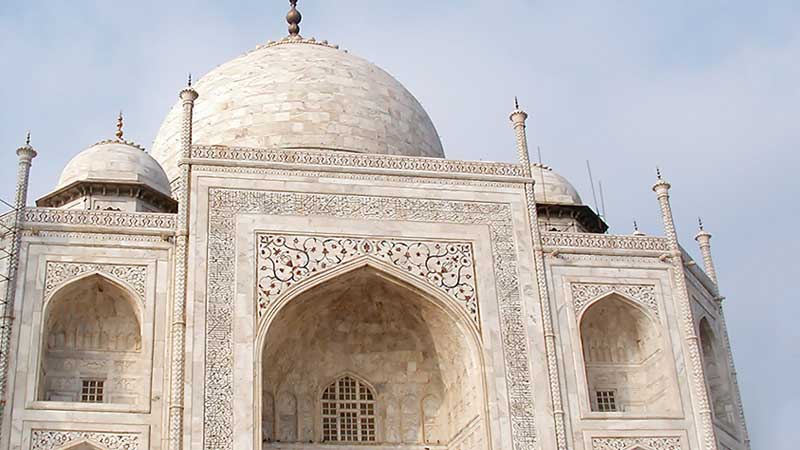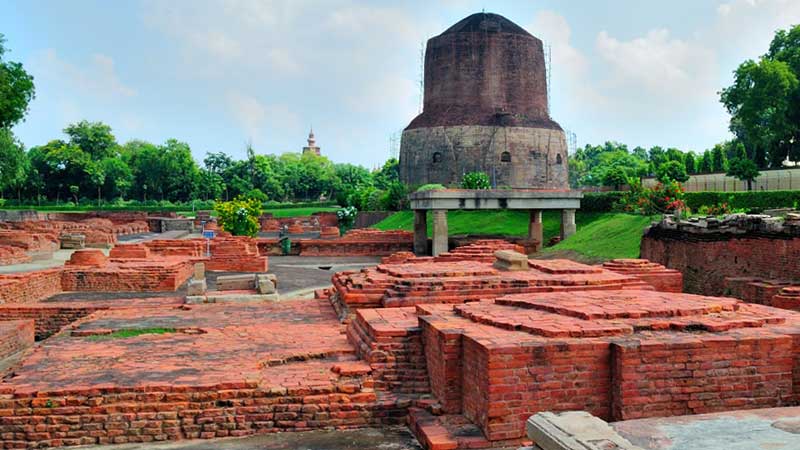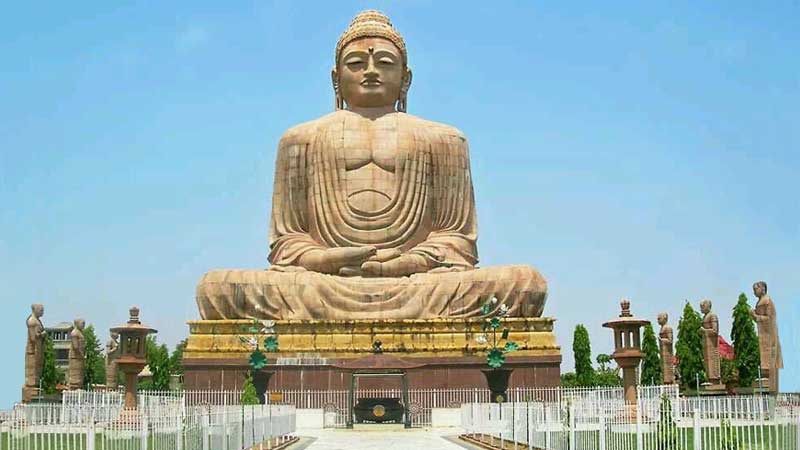
Buddhist Pilgrimage Tour
11 Nights / 12 Days
Delhi - Agra - Varanasi - Bodhgaya - Nalanda - Rajgir - Patna - ashali - Kushinagar - Lumbini - Balrampur - Lucknow - Delhi
Overview
Buddhist Pilgrimage Tour
Tour Itinerary
Day 1 Delhi
Begin your tour.
Arrive into Delhi.
Welcome to Vardhman's 'Buddhist Pilgrimage Tour!' On arrival in Delhi, you will be met and transferred by Vardhman's representative to your hotel.
Relax for a while and later proceed on a city tour of Delhi. Rest of the day at Leisure.
Overnight: Hotel
Day 2 Delhi-Agra (By Train)
Early morning transfer to Railway Station to board Train for Agra. Breakfast to be served on the train.
Upon arrival at Agra Railway Station, you will be transfered by our representative to your hotel. Fresh up and in the afternoon proceed for the sightseeing of Agra.
Badal Singh established the city of Taj in 1475. Agra finds mention in the Mahabharat as Agraban. This city in those days was considered to be the sister-city of Mathura, which was more prominent than Agraban. Agra came into its own when the Lodhi Kings chose this place beside the RIVER YAMUNA to be their capital city. Sikander Lodhi made Agra his capital but Babar defeated the Lodhis to capture not only Agra but also laid the foundation of the Mughal empire.
In the Mid 16th century and earlier 17th century Agra witnessed a frenzied building activity and it was during this time when the symbol of love Taj Mahal was built. The buildings made during this era were purely in the contemporary Mughal style and of very high quality. The same is still reflected in whatever monuments remain in Agra. The narrow lanes of Agra filled with aroma of Mughlai cuisine, the craftsman who are busy in crating master pieces with their skill all remind of the Mughal royalty which this city had once experienced. Today whatever remains, has become a major tourist attraction which has taken Agra again to the heights of glory but this time as a major tourist destination of India.
TAJ MAHAL - one of the Seven Wonders of the World was built by Shah Jahan in 1631 AD and was completed in 1651AD. Taj Mahal - The symbol of Love was built in the memory of Mumtaz Mahal (Shah Jahan' s second Wife).
AGRA FORT - Built by the famed Mughal emperor Akbar in 1565 AD, the fort is predominantly of red sandstone. Ensconced within is the picture perfect Pearl Mosque, which is a major tourist attraction.
Overnight: Hotel
Day 3 Agra - Varanasi (by Train )
After breakfast drive to Fatehpur Sikri and visit the Bulund Darwaza.
The deserted, red Sandstone City, Emperor Akbar built that as his capital and palace in the late 16th century is an exhilarating experience. It a veritable fairytale city and its "ruins" are in pristine condition ... it's not hard to imagine what the court life must have been like in the days of its grandeur. Also visit the Bulund Darwaza, the largest gateway in the world.
Evening transfer to Tundla railway station to catch overnight train for Varanasi.
Overnight: Hotel
Day 4 Varanasi
On arrival at Varanasi Railway Station, you will be met and transfered to your hotel by our representative.
Later enjoy the boat ride on the Sacred River Ganges to rituals performed by priests and devotees. Half day guided tour of Varanasi including the Kashi Vishwanath Temple, Gyanvapi Mosque and Benaras Hindu University.
In the afternoon, proceed to Sarnath.
Sarnath - 5 miles out of Varanasi for a half day excursion: One of the holiest Buddhist sites in the world, where Buddha preached his first Sermon in 590 BC. Witness the ruins of a once flourishing Buddhist monastery and then visit a fine Museum which houses an excellent collection of Buddhist art and sculptures found at the site.
Overnight: Hotel
Day 5 Varanasi-Bodhgaya
This morning after breakfast proceed to Bodhgaya.
Bodhgaya is one of the sacred places for the Buddhists as well as for the Hindus. Here under the Bodhi Tree, Gautama attained supreme knowledge to become Budhha, the `Enlighted One'.
Lord Buddha the gentle colossus who founded the first universal religion of the world, worked and lived much of his life in Bihar prince in the Terai foothills of the Himalayas, Buddhism as a religion was really born in Bihar and evolved here though he was born in Kapilavastu, now in Nepal. Most of the major events of his life, like enlightenment and last sermon happened in Bihar. Significantly. the state's name originated from 'Vihara' meaning Buddhist and Jain monasteries, which abounded in Bihar.
Though the Buddha was born as a Sakya through his preaching and the example of his lifestyle of great simplicity, renunciation and empathy for everything living. Perhaps the present day life of trauma and tension reminds us of the other alternative that was always available to us, the Buddha's way of life, gentle and simple.
Several centuries after Buddha's passing away, the Maurya emperor Ashoka (234-198 BC) contributed tremendously towards the revival, consolidation and spread of the original religion. It is the monasteries Ashoka built for the Buddhist monks and the pillars erected to commemorate innumerable historical sites associated with the Buddha's life, mostly intact to this day, that helped scholars and pilgrims alike to trace the life events and preachings of a truly extraordinary man.
The Buddha attained enlightenment in Bodhgaya, under the Bodhi tree, 10 km from Gaya. the ancient Hindu pilgrimage centre. The tree from the original sapling still stands in the temple premises. It is the most important Buddhist pilgrimage centre as Buddhisrn was born here.
The magnificent Mahabodhi temple in Bodhgaya is an architectural amalgamation of many centuries cultures and many heritages that came to pay their homage here. The temple definitely has architecture of the Gupta and later ages, inscriptions describing visits of pilgrims from Sri Lanka, Myanmar and China between 7th and 10th century AD. It is perhaps still the same temple Hiuen Tsang visited in 7th century.
Overnight: Hotel
Day 6 Bodhgaya
On the day 6 of your tour proceed for the Sightseeing of Maha Bodhi Temple and Tree.
Visit the Chinese Temple. In the afternoon visit Niranjana Temple , River and Visit the school of the destitute.
Overnight: Hotel
Day 7 Bodhgaya - Nalanda - Rajgir - Patna
Early morning proceed to visit the historical towns of Nalanda & Rajgir. After the sightseeing proceed to Patna.
NALANDA - Nalanda, where ruins of the great ancient university have been excavated, is situated at a distance of 90 km. south east of Patna by road. It falls on way to Rajgir. It is also linked by rail with Patna, Rajgir and Bakhtiyarpur (on Delhi-Howrah main track). Hieun Tsang, the renowned Chinese traveller of the seventh century, says that according to tradition the place owed its name to a Naga of the same name which resided in a local tank. But he thinks it more probable that Lord Buddha, in one of his previous births as Bodhisatwa, became a king with his capital at this place and that his liberality won for him and his capital the name Nalanda or "Charity without intermission". The third theory about the name of the place is that it derived from Nalam plus da. Nalam means lotus which is a symbol for knowledge and Da means given the place had many lotuses.
Nalanda has a very ancient history. It was frequently visited by Lord Vardhamana Mahavir and Lord Buddha in the 6th century BC. during his sajourns, the Lord Buddha found this place prosperous, swelling, teeming with population and containing mango-groves. It is also supposed to be the birth place of Sariputra, one of the Chief disciple of the Lord Buddha.
RAJGIR - The Buddha lived in the sixth century BC. Mahavir was born in 567 being enacted. Rajgir is located in a verdant valley surrounded by rocky hills.
BC and the traveller in Bihar will encounter them both constantly. Rajgir is 10km south of Nalanda and sacred to the memory of the founder of both Buddhism and Jainism. Lord Buddha spent many months of retreat during the rainy season here, and used to meditate and preach on Griddhkuta, the 'Hill of the Vultures'. Lord Mahavir spent fourteen years of his life at Rajgir and Nalanda. It was in Rajgriha that Lord Buddha delivered some of his famous sermons and converted king Bimbisara of the Magasha Kingdom and countless others to his creed. Once a great city, Rajgir is just a village today, but vestiges of a legendary and historical past remain, like the cyclopean wall that encircles the town and the marks engraved in rock that local folklore ascribes to Lord Krishna's chariot. This legend, like many others associates Rajgir to that distant time when the stirring events recorded in the epic Mahabharata.
An aerial ropeway provides the link with a hill-top stupa "Peace Pagoda" built by the Japanese. On one of the hills in the cave of Saptparni, was held the first Buddhist Council. The Saptparni cave is also the source of the Rajgir Hot Water Springs that have curative properties and are sacred to the Hindus.
Upon arrival in Patna , check into your hotel. Patna, the capital city of Bihar, is a historical city, which has like Delhi, experienced the trauma and pain of being conquered. The heritage of Patna or Pataliputra as it was known, goes back to two millennia. This city was the seat of administration for many rulers and each of them ascended with a new name for their capital.
Kusumpura became Pushpapura, Patliputra, Azeemabad and now Patna. Pataliputra was the capital of Magadha, a kingdom, which dominated and influenced the politics of India for a long time. Located on the banks where rivers Sone and Ganga merge, this city has witnessed the rules of Chanakya, Chandragupta, Ashoka and the Nanda rulers.
Overnight: Hotel
Day 8 Patna - Vaishali - Kushinagar
Explore the site where Buddha was cremated and visit Mahaparinirvana Temple.
VAISHALI - Vaishali has a past that pre-dates recorded history. It is held that the town derives its name from King Vishal, whose heroic deeds are narrated in the Hindu epic Ramayana. However, history records that around the time Pataliputra was the centre of political activity in the Gangetic plains, Vaishali came into existence as centre of the Ganga, it was the seat of the Republic of Vajji. Vaishali is credited with being the World's First Republic to have a duly elected assembly of representatives and efficient administration.
The Lord Buddha visited Vaishali more than once during his lifetime and announced his approaching Mahaparinirvana to the great followers he had here.
Hundred years after he attained Mahaparinirvana, it was the venue of the second Buddhist Council. According to one belief, the Jain Tirthankar, Lord Mahavir was born at Vaishali. The Chinese travellers Fa-Hien and Hieun Tsang also visited this place in early 5th and 7th centuries respectively and wrote about Vaishali.
While talking of the famous men and women associated with Vaishali, Amrapali was the cynosure not only of Vaishali but of the neighbouring kingdoms as well.
Therefore, to avert bloodshed, the parliament of Vaishali declared her to be a Court dancer besides consigning her to lifelong spinsterhood. Later she became a devout Buddhist and served the Lord Buddha.
Upon arrival at Kusihnagar, check into your pre-booked hotel.
KUSHINAGAR - The Buddha is believed to have breathed his last in this land with pastoral surrounding, the small hamlet of Kushinagar, 53 km west of Gorakhpur. The land is venerated as the site of the Buddha's Mahaparinirvana, his death and cremation, that marked his final liberation from the cycles of death and rebirth.
This small town in the former kingdom of the Mallas was surrounded by dense forest. It remained oblivous to the outside world until it was rediscovered by the archaeologists in the nineteenth century.
The modern Indo-Japan-Srilanka Buddhist centre, Kushinagar is rediscovering its roots, and is home to many viharas, including a Tibetan gompa devoted to Sakyamuni, a Burmese vihara, and temples from China and Japan.
Overnight: Hotel
Day 9 Kushinagar - Lumbini
On the day 9 of your tour proceed to Lumbini after breakfast at the hotel.
Upon arrival , check into your hotel and later proceed on a city tour of Lumbini.
The birthplace of the Gautama Buddha, Lumbini, is the Mecca of every Buddhist, being one of the four holy places of Buddhism. Buddha himself identified four places of future pilgrimage: the sites of his birth, enlightenment, first discourse, and death. Hence the birth of Gautam Buddha makes it one of the most sacred places in the world. The Sal tree where Siddhartha was born is difficult to locate now. But Ashoka, in the 21st year of his reign visited the forest and raised a pillar on the spot where Siddhartha was born.
The Mayadevi Temple : This Mayadevi temple dedicated to the mother of the Buddha has been digged out and restored. The temple has a stone artifact depicting the nativity of the Buddha. Maya Devi, his mother, gave birth to the child on her way to her parent's home in Devadaha while taking rest in Lumbini under a Sal tree in the month of May in the year 642 BC. The beauty of Lumbini is described in Pali and Sanskrit literature.
Maya Devi - it is said was spellbound to see the natural splendor of Lumbini. While she was standing, she felt labor pains and catching hold of a drooping branch of a Sal tree, the baby, the future Buddha, was Explore the site where Buddha was cremated and visit Mahaparinirvana Temple.
Overnight: Hotel
Day 10 Lumbini - Saravasti -Balrampur
This morning after breakfast proceed to Balrampur. Enroutr Visit Saravasti.
During the time of Sakyamuni, a rich and pious merchant named Sudatta lived in Sravasti. While on a visit to Rajgir, he heard the Buddha's sermon and decided to become the Lord's disciple. But he was caught in a dilemma and asked the Lord whether he could become a follower without forsaking worldly life. To his query, the Buddha replied that it was enough that he followed his vocation in a righteous manner.
Sudatta invited the Buddha to Sravasti and began to look for a suitable place to build a vihara. A beautiful park at the southern edge of Sravasti attracted his attention. The park belonged to Jeta, son of King Prasenjit of Sravasti. Jeta demanded that Sudatta cover the entire park with gold coins. Sudatta painstakingly paved every inch of the land with gold. Then Jeta said that since the trees were left uncovered they belonged to him. But finally, he had a change of heart and donated valuable wood to build the vihara. The park came to be known as Jetavana Vihara in recognition of Prince Jeta's donation to the sangh.
Buddha spent 25 years living in the monastery of Jetavana. Many Vinaya rules, Jatakas and Sutras were first discussed at this place. The Buddha is supposed to have astonished rival teachers by performing miracles at Sravasti. It is said that it was in Sravasti that the Buddha transformed Angulimal from a dacoit into a Buddhist monk. He also delivered many important sermons here. King Ashoka erected two pillars 21 meters high on either side of the eastern gateway of the Jetavana monastery. Sravasti was a flourishing center of learning during the Gupta period. When the famed Chinese traveler Hiuen Tsang visited this site, he found several damaged stupas and ruins of monasteries and a palace.
Sravasti has two villages, Sahet and Mahet. From the Balrampur-Sravasti road one can enter Sahet, which is spread over an area of 400 acres and has a number of ruins. A little north of Sahet, towards the Rapti River, is the ancient fortified city of Mahet. The entrance to the mud fortification of Mahet is constructed in a beautiful crescent shape. Though an ancient structure, its five gates and walls are still visible. Pakki Kuti, Kuchhi Kuti and many other stupas tell the story of the great monasteries that once stood here.
Remnants of Jetavana, a splendid monastery with inscriptions dating back to the 12th century, is thought to be one of the favourite sites of the Buddha. Emperor Ashoka is also said to have visited this site. There is a sacred pipal tree here, which is a sapling from the original Maha Bodhi tree under which the Buddha had attained nirvana. Today, Jetavana has two monasteries, six temples and five stupas. One temple was built by the monk Ananthapindika and called Gandhakuti. This is the most sacred temple in Jetavana since the Buddha is believed to have lived at this spot.
Sravasti was also under the influence of Lord Mahavira the last Jain Tirthankar, and the splendid Shwetambara temple here attracts thousands of Jain pilgrims. The Sobhnath Temple is believed to the birthplace of the Jain Tirthankar Sambhavnath.
Overnight: Hotel
Day 11 Balrampur - Lucknow
This morning after breakfast drive to the royal city of Nawabs-LUCKNOW.
Upon arrival, check into your hotel. Relax for a while and later proceed on a city tour of Lucknow.
Lucknow is caught in a time warp. It exists in an in-between land of the past and the present looking back constantly to the memories of a colonial-Nawabi past. There is at the same time a sense of pride at the thought of being after Delhi, the most important center of power in free India. Politics has indeed been Lucknow's forte but culture has been its historical identification.
Despite the Indo-Persian legacy, Lucknow has a composite Indian culture. The welding of various cultural strains nurtured by centuries of Mughal and later Delhi Sultanate rule, to the folk traditions of the Indo-Gangetic plains has produced a complex, yet rich synthesis. The Urdu language acquired its baffling phonetic nuances and suave perfection here. It was in Nawab Wajed Ali Shah's court that the most advanced of all classical Indian dance forms, the Kathak, took shape. The popular Parsi theatre originated from the Urdu theatre of this city. The tabla and the sitar were first heard on the streets of Lucknow.
Overnight: Hotel
Day 12 Lucknow - Delhi
Morning at leisure or Explore the city at your own.
Later in the afternoon transfer to Railway station to catch Train to Delhi.
Arrive Delhi Railway station and you will be transfered to your hotel by our representative.
Overnight: Hotel
Day 13 Delhi
Proceed for a full day city tour after breakfast.
DELHI : Full day tour of Old & New Delhi, Visit Raj Ghat, Jama Masjid, Red Fort, Humayun's Tomb, India Gate, Parliament House, Lotus Temple, Shantivan, Laxmi Narayan Temple.
OLD DELHI : A sightseeing tour of Old Delhi would entail visiting the Raj Ghat - the memorial site where Mahatma Gandhi was cremated; Jama Masjid - the largest mosque in India and the Red Fort - once the most opulent fort and palace of the Moghul Empire.
Cycle rickshaw ride from Jama Masjid to Chandni Chowk.
NEW DELHI - An extensive sightseeing tour of New Delhi would include a visit to the Humayun's Tomb, the Qutub Minar, a drive along the ceremonial avenue - Rajpath, past the imposing India Gate, Parliament House, the President's Residence and would end with a drive through the Diplomatic Enclave.
Later transfer to Delhi International airport to board the flight for your onward journey to back home with sweet and unforgettable memories of 'Buddhist Pilgrimage Tour' escorted by Vardhman Vacations.
END OF OUR SERVICES
Make Your Trip Now
Get More Packages
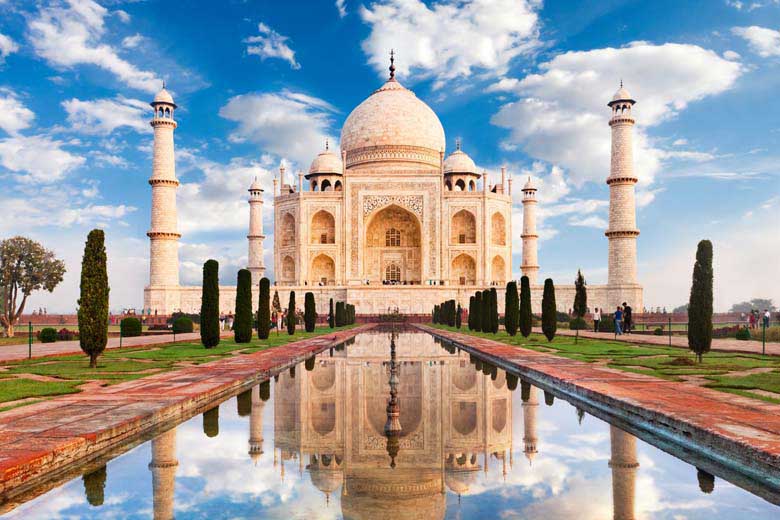
Golden Triangle Vacation Tour
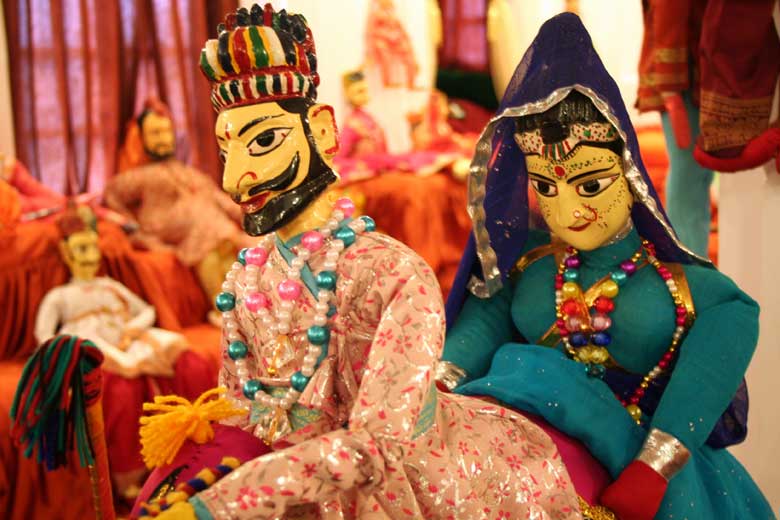
Rajasthan colorful Tour
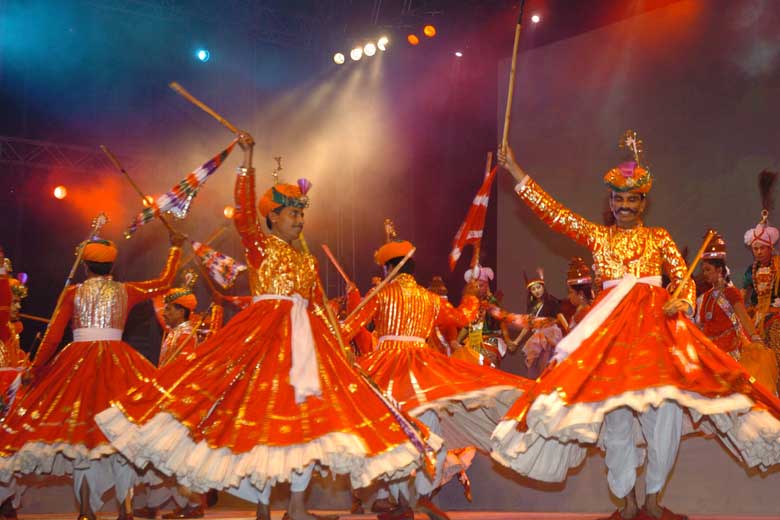
Rajasthan Cultural Tour
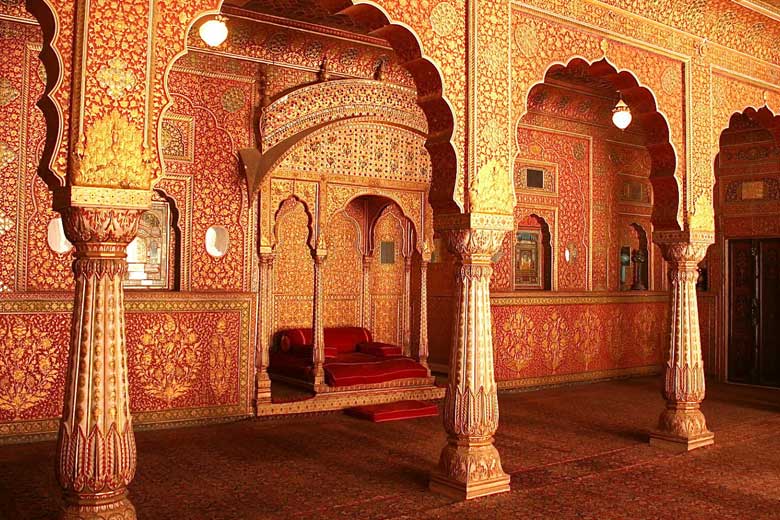
Rajasthan Fort & Palace Tour
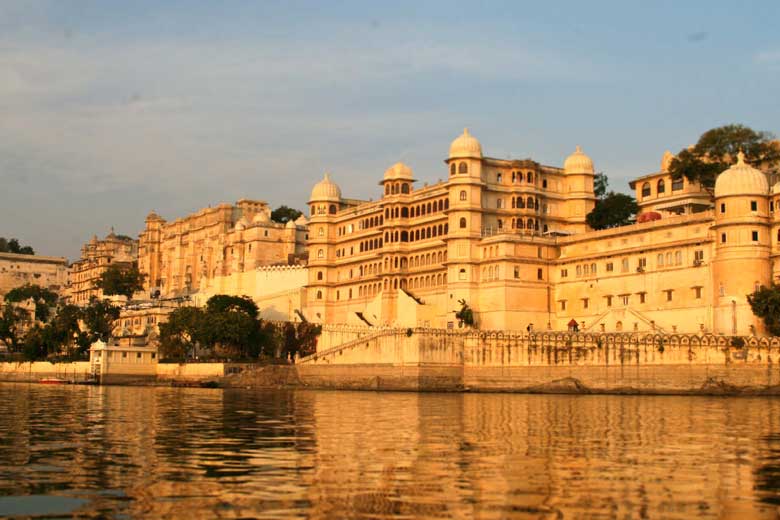
Rajasthan Heritage Tour
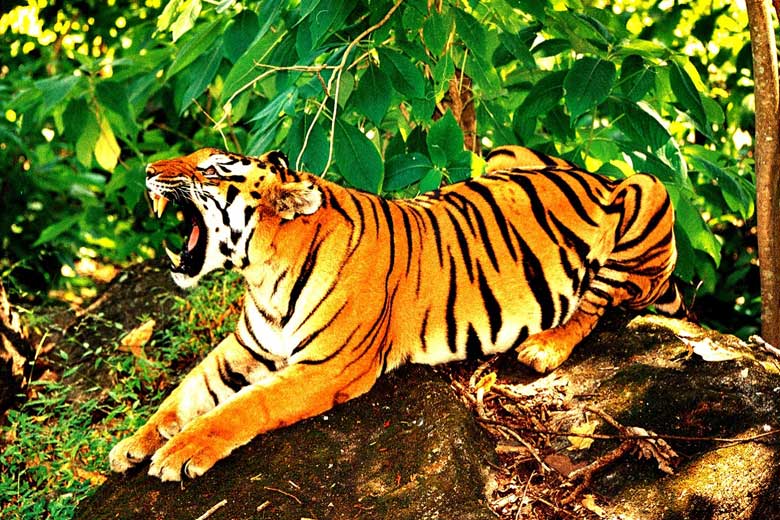
Rajasthan Wildlife Tour
MOST POPULAR PACKAGES

6 Nights / 7 Days
Golden Triangle Vacation Tour
India’s golden triangle is a tourist circuit which includes: Delhi, Agra (including the Taj Mahal), and Jaipur. These trips usually 7 days and do the trip as a circuit starting and ending in Delhi.
View Package
16 Nights / 17 Days
Rajasthan colorful Tour
Coloruful Rajasthan Tour is one of the most popular circuit of India. This tour package accommodates you to endure Rajasthan in all its different colors.
View Package
10 Nights / 11 Days
Rajasthan Cultural Tour
The Rajasthan state represents an unusual diversity in all its forms - people, culture, customs, costumes, cuisine, dialects and music and haveli's.
View Package
12 Nights / 13 Days
Rajasthan Fort & Palace Tour
Rajasthan is famous all over the world for its stunning forts and palaces that have been gloriously standing since decades in this princely state.
View Package
11 Nights / 12 Days
Rajasthan Heritage Tour
Rajasthan known as the "land of kings"provides some marvelous marks from the history in the form of its forts, palaces, mansions and haveli's.
View Package
06 Nights / 07 Days
Rajasthan Wildlife Tour
The name Rajasthan has a habit of invoking the images of sun-bathed sand dunes of the Thar Desert, the rustic turban and mustache of Rajasthani men and women’s ghagra.
View Package
 Gujarat Toursim
Gujarat Toursim
 IATO -
Indian Association of Tour Operators
IATO -
Indian Association of Tour Operators
 +91-9811175768
+91-9811175768